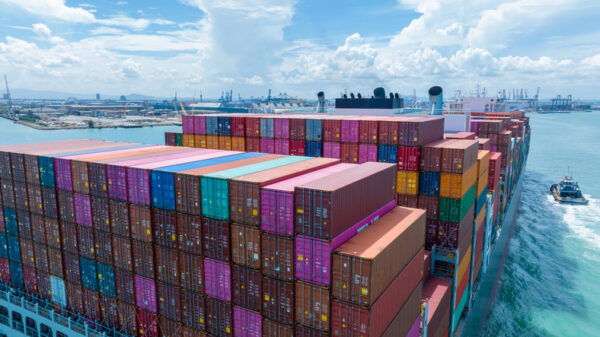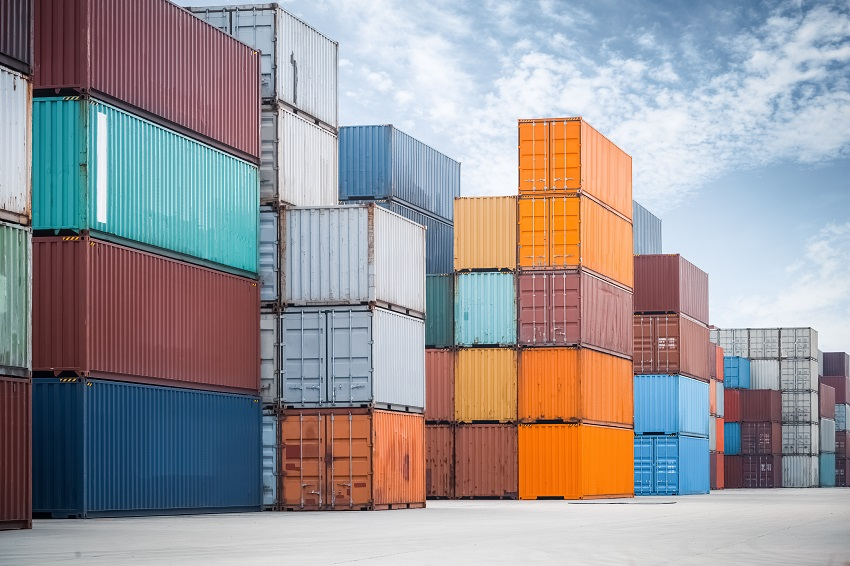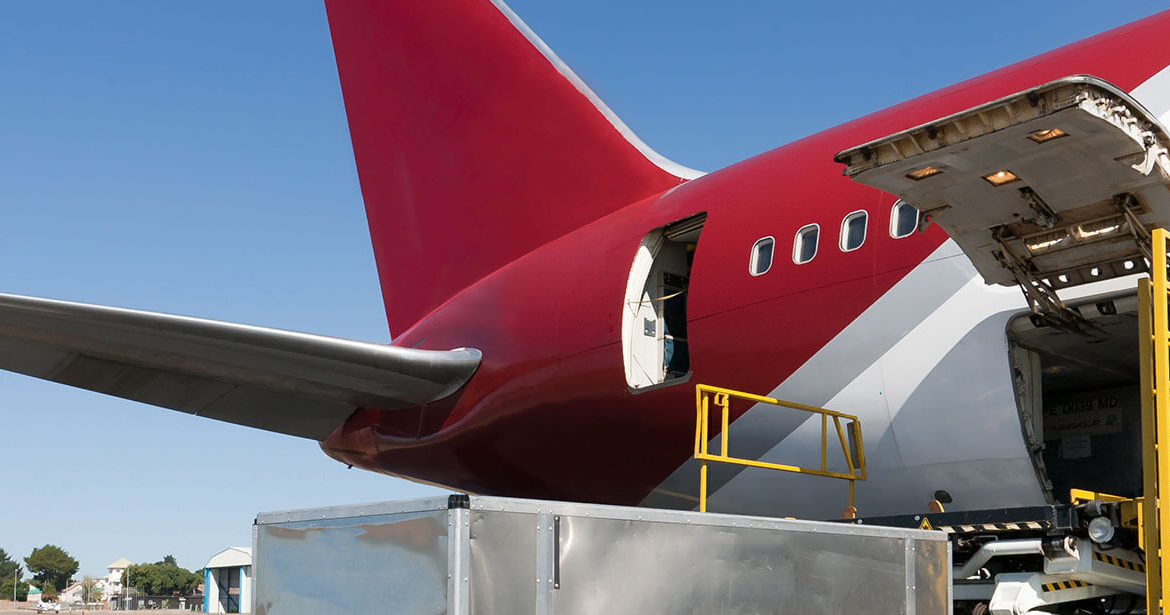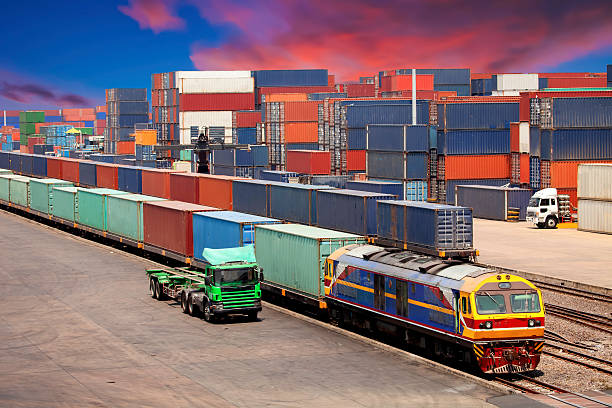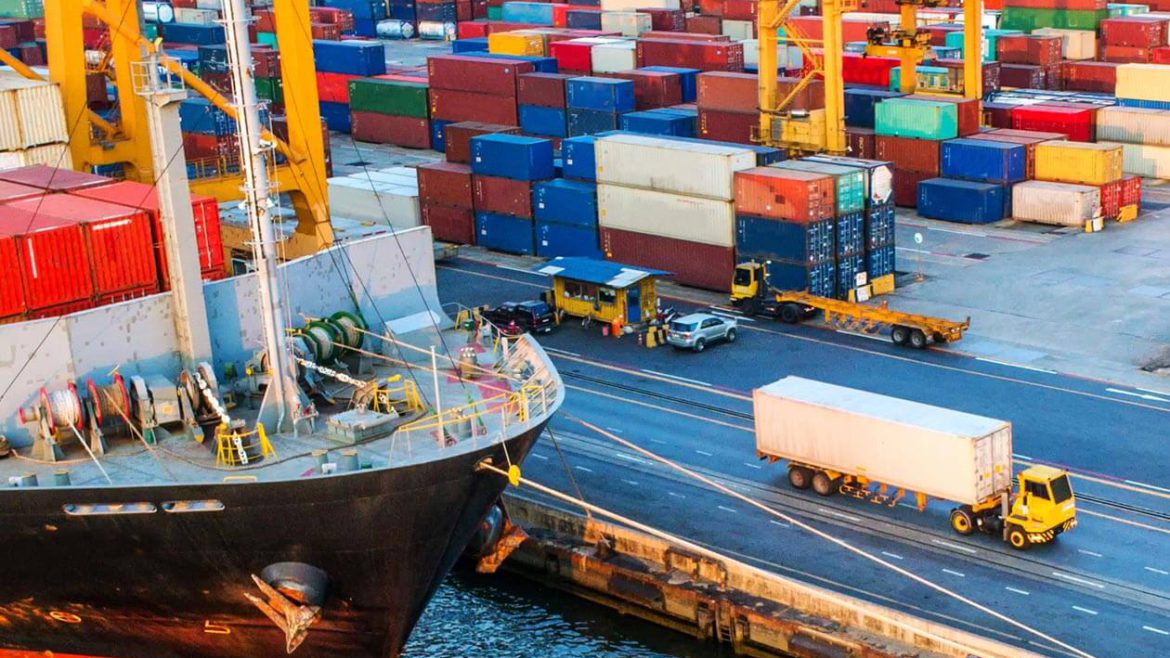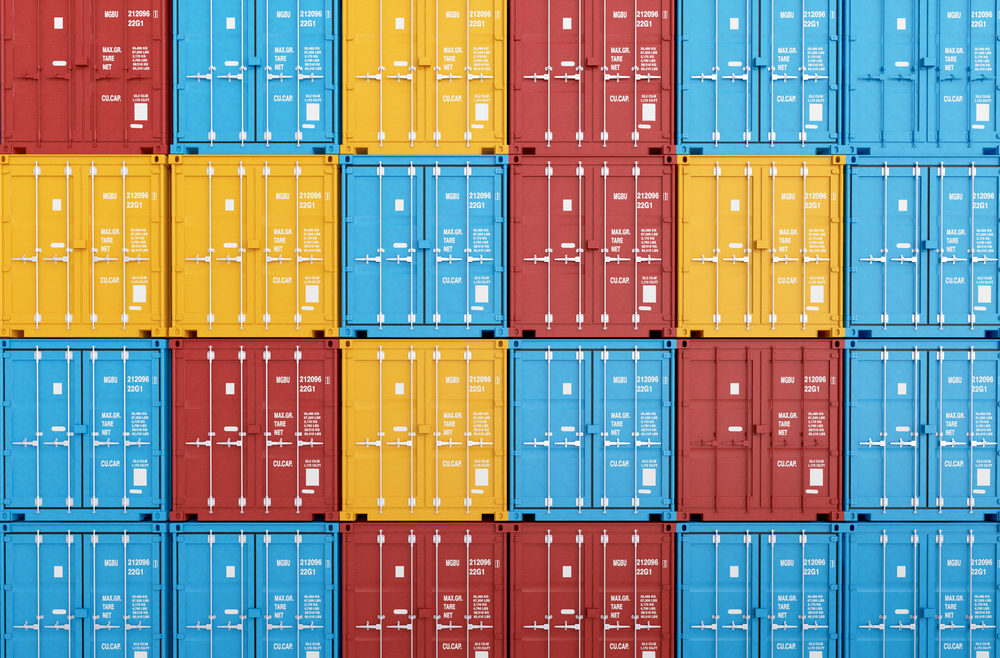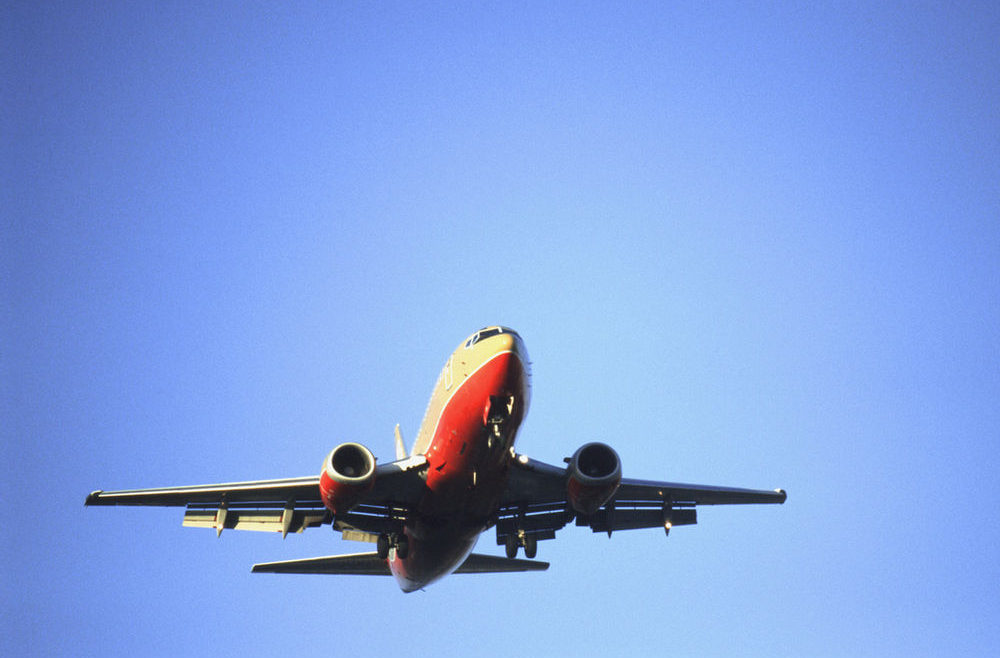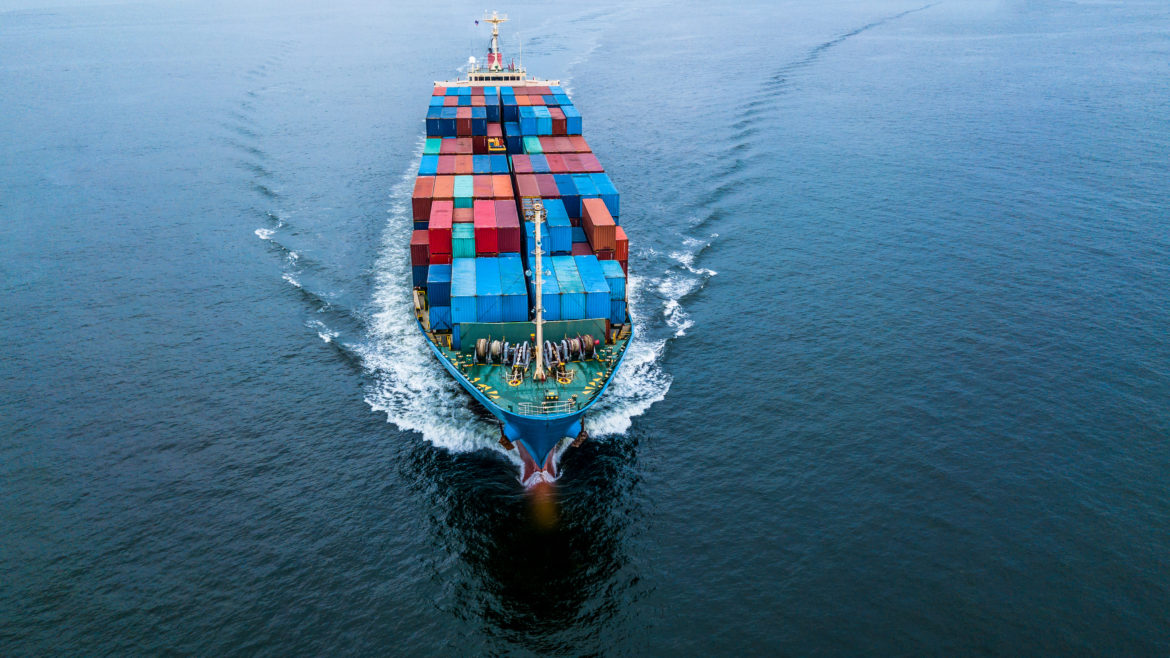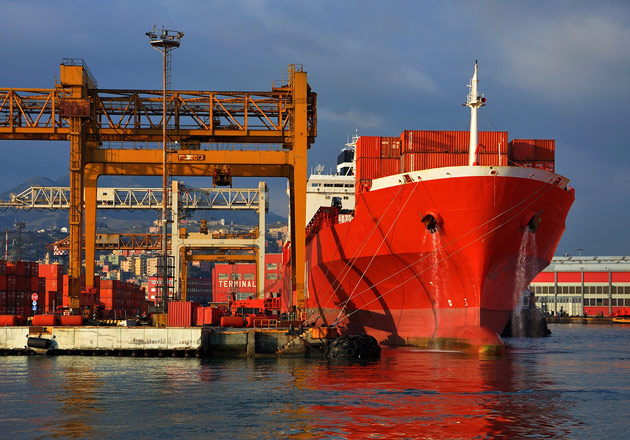Notice: A strike is likely that will affect imports arriving at Canada’s West Coast ports this month
With a 22 May deadline for Canada’s rail strike looming, many companies are drawing up contingency plans for North American west coast port calls out of concern for an extended recovery period, significant backlogs, and knock-on effects.
Canadian rail workers union the Teamsters Canada Rail Conference (TCRC) called for industrial action following five months of unsuccessful discussions with employers Canadian National Railway (CN) and Canadian Pacific Kansas City (CPKC).
If a deal cannot be reached between them by 22 May, rail operators and dispatchers across Canada will walk off the job. CN said it “maintains a cautious outlook,” with operators acknowledging that a deal might not be reached in time.
Massive Disruption Will Result From a Work Stoppage
Shippers should prepare for extreme congestion on the Canadian west coast ports in the event of a strike, including diversions to Washington state. But, this has led to concern that cargo diverted to Tacoma will cause significant bottlenecks across US rail networks already struggling with their own staffing and congestion issues.
We have already started to see bookings shift from Canadian to U.S. discharge ports, which will put further strain on the U.S. Transpacific and Transatlantic markets. The most impact for U.S. Importers will be in Pacific Northwest, Southwest, and Inland locations, such as Chicago, Kansas City, etc.
“The strike is likely to take place during a period of already high demand for services. Railroads have never been busier, and this is the absolute worst time for it to occur,” one expert said. “In the event of a work stoppage, importers can anticipate significant backlogs, with downstream effects and an extended recovery period should the disruption last for more than a few days.”
Options for importers are limited. But, in addition to diverting freight to alternative ports, companies can also consider reviewing the limited truck options for intra-Canada transport.



